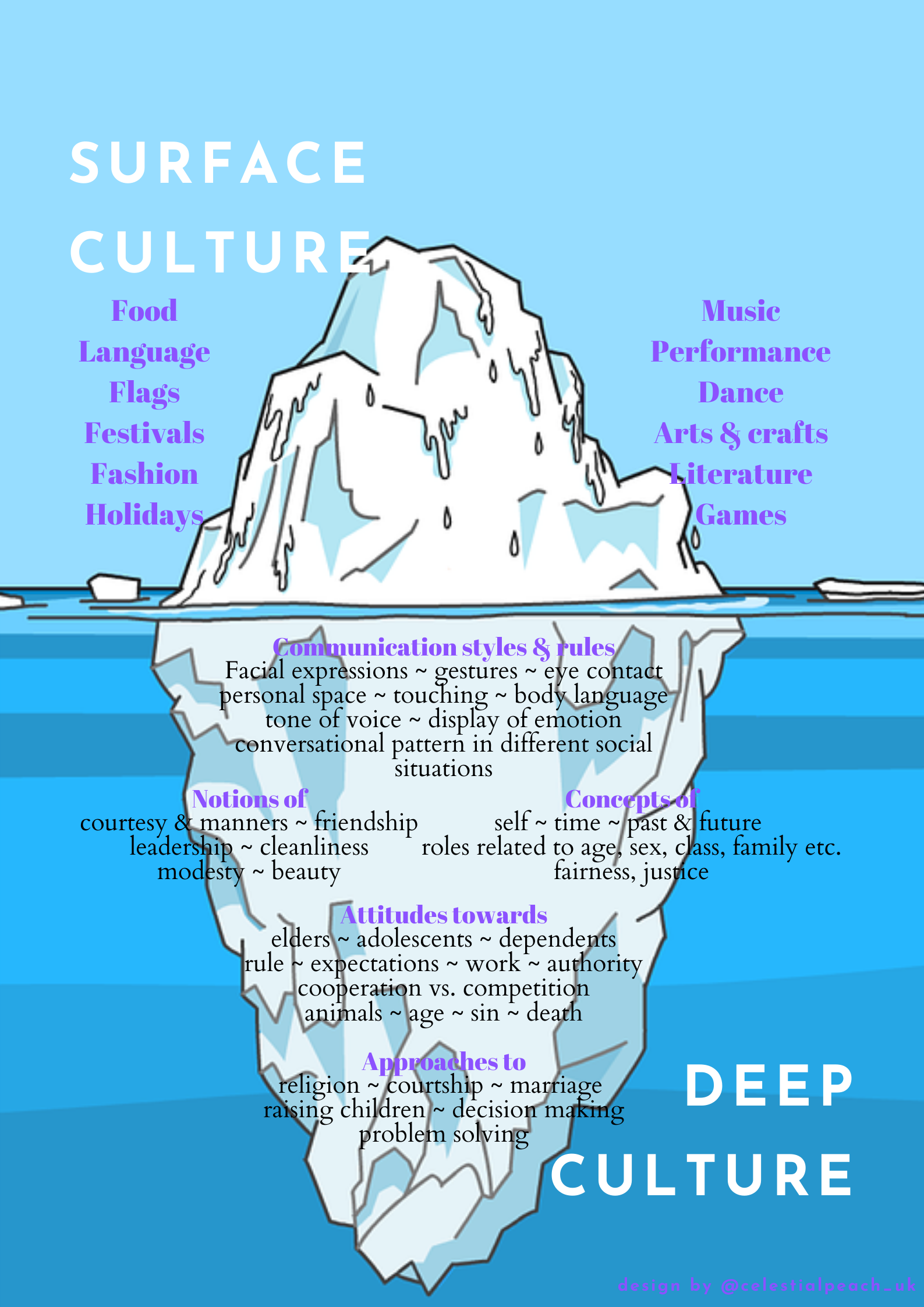

The dignity of movement of an ice-berg is due to only one-eighth of it being above water. If a writer of prose knows enough of what he is writing about he may omit things that he knows and the reader, if the writer is writing truly enough, will have a feeling of those things as strongly as though the writer had stated them. Some people may assume that Hemingway’s classic style of writing was out of laziness but in reality was it a most intended way of writing that frankly needs more effort than the everyday style of writing. The iceberg is the story and it is essential that you know the whole story before you can pick out what needs to be told. This does not mean that you could just decide to be few-worded and vague in your descriptions, because the whole point is that there is an iceberg. The iceberg reference comes from how only the tip of an iceberg is showing, under the surface lies the most of the actual mass, exactly like the famous works of Hemingway. Here is where Hemingway’s classic style of writing comes into play, by describing the right actions in a accurate way he can convey the character’s emotions merely by their actions.

In books on the other hand, all emotions must be conveyed in some other fashion, this has traditionally lead to the writer describing the character’s emotions, or maybe their facial expressions. When we watch movies, we can see the character’s feelings, we can hear on their voice if they are sad, mad or angry. The Iceberg Technique can be used as a solution to giving books the same immersive feeling as seeing a movie. By not describing everything that happens, merely describing the key parts that lead to emotions and reactions, he could get the reader to think for himself and make the world of his story more immersive. The technique was founded and coined by Ernest Hemingway who wrote his stories in a way in which most of the story should be “under the surface”. The Iceberg Technique, a now famous style of writing that is commonly used but seldom mastered.


 0 kommentar(er)
0 kommentar(er)
